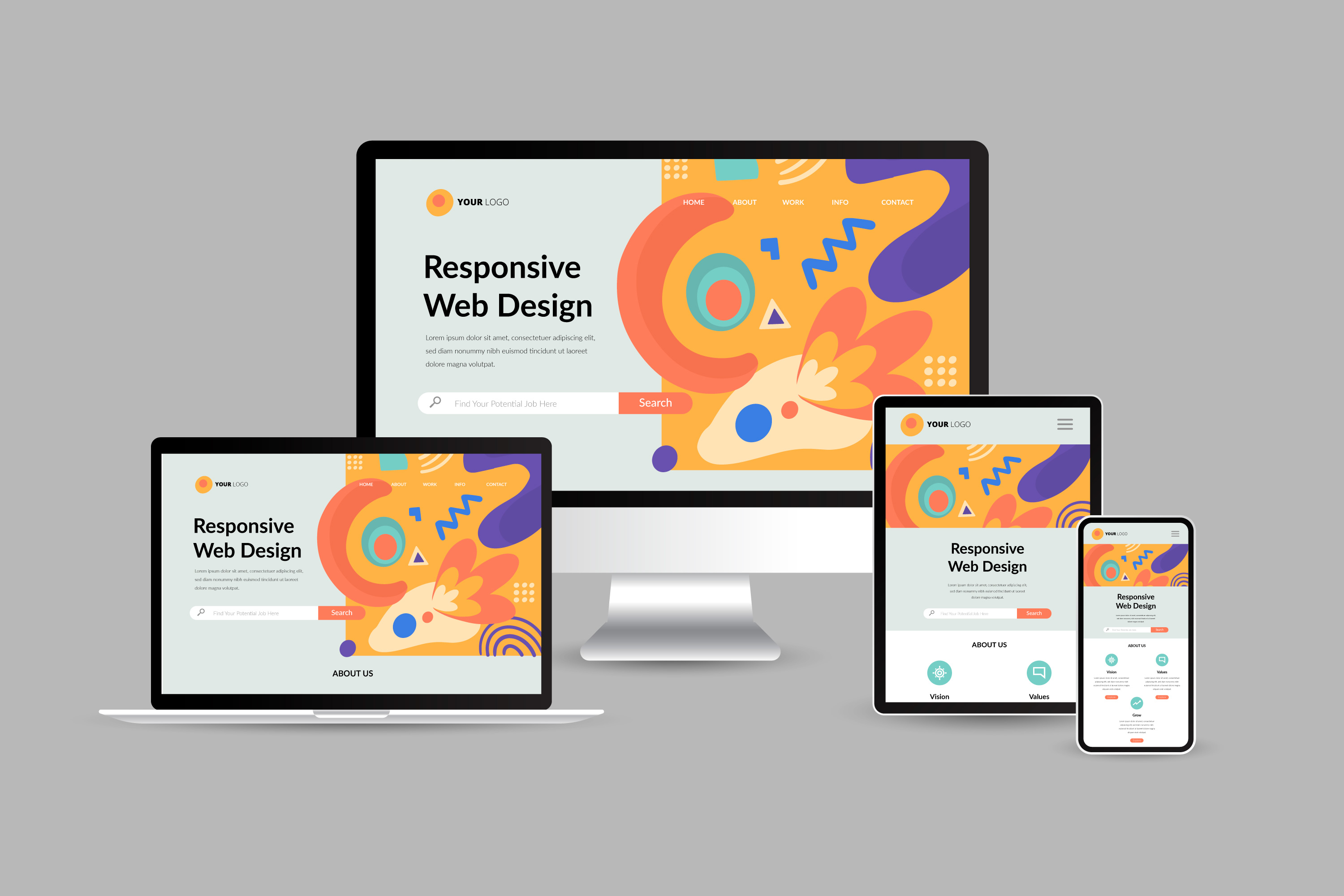Affordable Website Design SG Services for Startups
Just How to Choose the Right Web Site Layout for Your Company
Selecting an appropriate website layout for your organization is a complex procedure that needs careful factor to consider of different factors. Focusing on customer experience and responsive design can boost access and fulfillment.
Define Your Business Objectives

As an example, if your primary objective is to boost shopping sales, concentrate on creating a smooth shopping experience with instinctive navigating, prominent call-to-action switches, and enhanced product pages. Conversely, if your goal is to develop idea leadership in your market, prioritize informative web content, engaging visuals, and straightforward interfaces that urge interaction and sharing.
Furthermore, incorporating measurable essential performance indicators (KPIs) pertaining to your objectives will aid assess the web site's effectiveness gradually. Frequently revisiting and readjusting these goals can make sure that your website develops in placement with your organization objectives - website design in singapore. Finally, a clear understanding of your organization goals is necessary for crafting a website design that not only fulfills customer expectations but likewise drives substantial outcomes for your organization
Understand Your Target Market
Comprehending your target market is crucial for creating an efficient web site layout that resonates with users. An extensive understanding of your audience enables you to customize your web site's aesthetics, functionality, and web content to fulfill their details needs and preferences. Begin by identifying demographic factors such as age, gender, location, and income level, which can significantly influence customer actions and assumptions.
Following, dive right into psychographics, checking out individuals' rate of interests, values, and online practices. This info helps in crafting a more personalized experience, ensuring that your website involves site visitors in a significant method. Conduct surveys, meetings, or emphasis groups to gather direct responses, which can supply useful insights into what your target market likes.
Furthermore, analyze rival internet sites that satisfy a similar target market; their successes and failings can light up best techniques and locations to differentiate your brand name. Utilize analytics devices to track user habits on your current web site, recognizing trends that reveal what records attention and what falls short to engage. By extensively understanding your target audience, you can develop a web site design that not only attracts visitors yet additionally fosters involvement and drives conversions.
Prioritize Individual Experience
Customer experience (UX) offers as the foundation of an efficient web site style, straight affecting exactly how visitors connect with your web content and browse your site. A smooth UX can significantly boost customer contentment, urging longer gos to and raised engagement.
Furthermore, take into consideration the aesthetic pecking order of your web pages. Crucial info should be plainly shown, leading users towards vital activities such as purchasing special info or enrolling in a newsletter. Efficient usage of white space can also minimize cognitive tons, making it much easier for users to process details.
Furthermore, page tons times are important; a slow-loading website can visit this website annoy users and lead to high bounce rates. By regularly prioritizing customer experience, you produce a website that not just fulfills the demands of your target market however also cultivates loyalty and promotes service growth. Applying these approaches will help guarantee your website is both useful and appealing to users.
Select Responsive Style
In today's digital landscape, choosing a responsive design is vital for ensuring your internet site performs optimally across a selection of tools and screen sizes. As more customers access the internet through smartphones, tablet computers, and various other tools, a receptive style allows your internet site to adjust seamlessly to different resolutions and orientations. This versatility enhances individual experience, which is critical for retaining site visitors and minimizing bounce prices.
Receptive design uses fluid grids, adaptable pictures, and media inquiries to develop a natural look that maintains performance, regardless of device. This approach not just enhances usability yet likewise positively influences online search engine rankings, as search engines like Google prefer mobile-friendly sites.
In addition, a responsive website removes the need for preserving separate desktop and mobile versions, streamlining your growth and maintenance efforts. This efficiency can bring about set you back savings and an extra consistent user experience throughout systems.
Integrate Branding Aspects
Integrating branding elements right into your internet site style is important for developing a strong identification and promoting acknowledgment among your target market. Your brand's logo design, color scheme, typography, and images should flawlessly incorporate right into the overall layout to create a consistent aesthetic experience. This uniformity not just reinforces your brand name's identity however also develops count on with visitors.
Begin by prominently showing your logo design on the homepage, guaranteeing it is clickable to redirect customers to the main page. Select a color pattern that lines up with your brand's character; for circumstances, vibrant colors might convey energy, while soft tones can recommend sophistication. Typography ought to mirror your brand name's character-- choose typefaces that are both clear and rep of your message.

Conclusion
Choosing the ideal site style demands click a strategic technique that integrates business goals with individual experience. By defining clear objectives, recognizing the target audience, focusing on intuitive navigating, going with responsive style, and integrating natural branding elements, companies can improve their on-line visibility. Continuous assessment and adaptation based on user feedback and performance metrics further guarantee that the site stays efficient and pertinent. Inevitably, a properly designed internet site offers as a crucial tool for achieving company success and promoting client interaction.